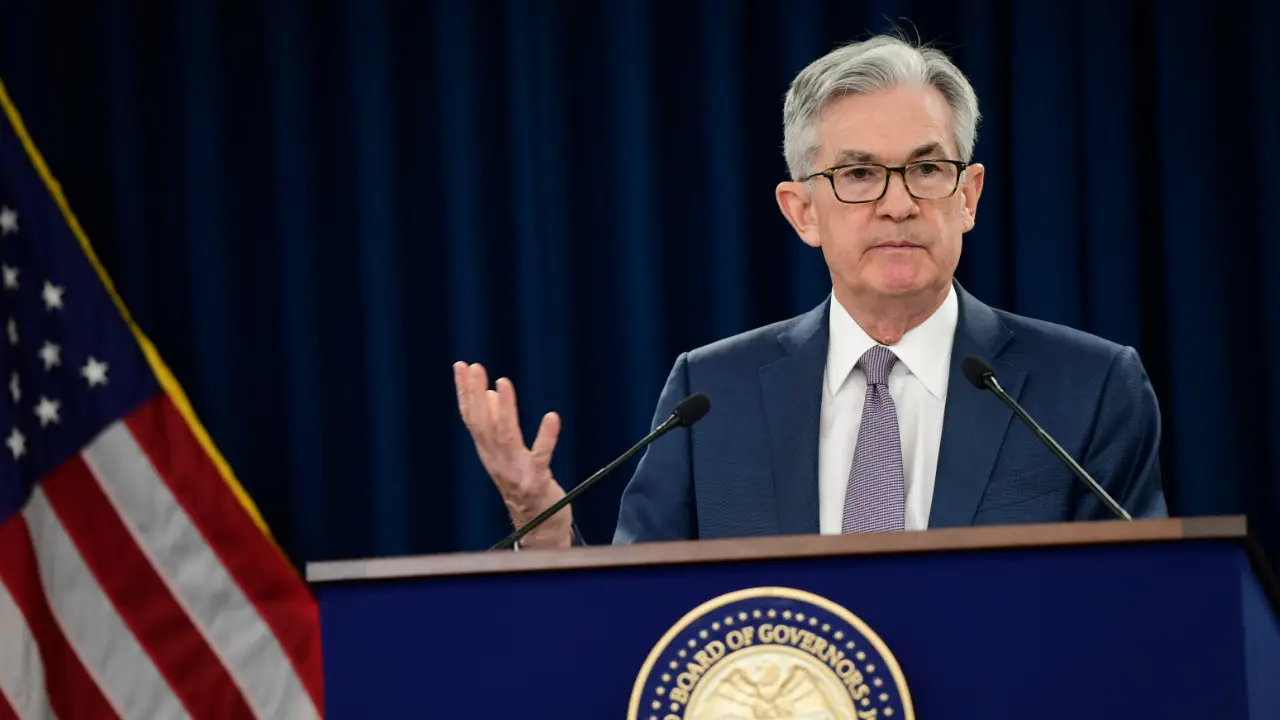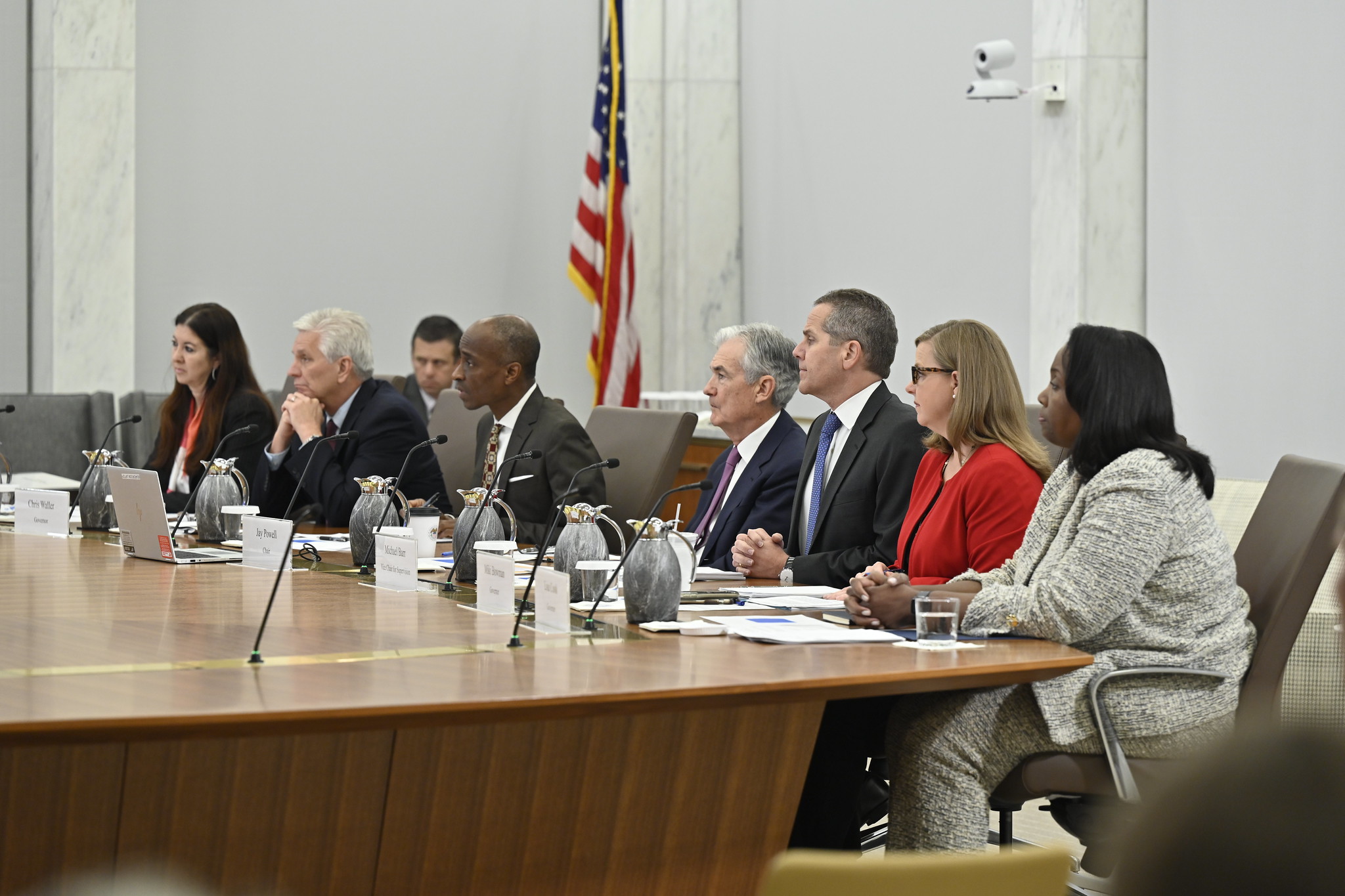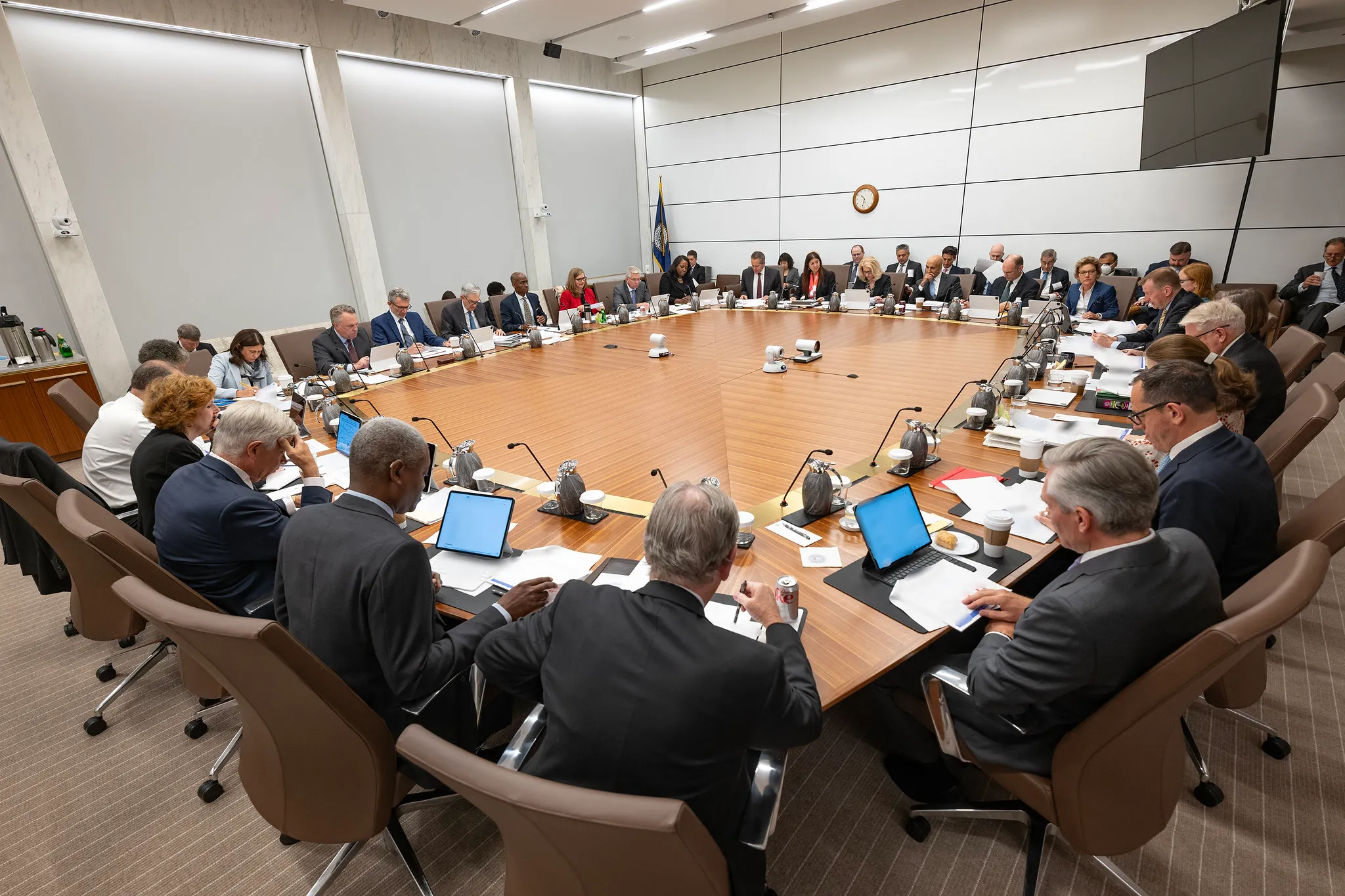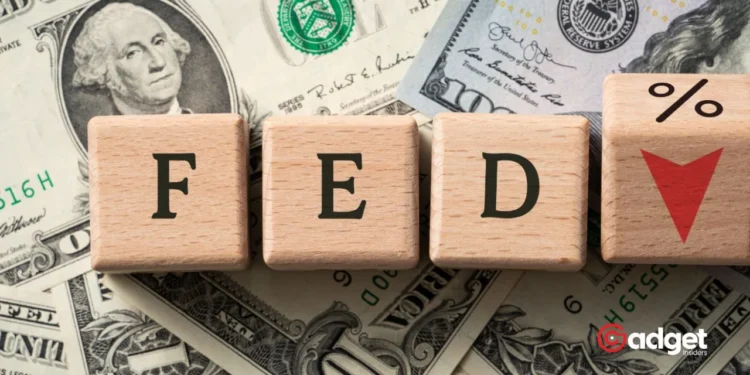In the ever-evolving landscape of the U.S. economy, one Federal Reserve official has recently expressed an openness to further interest rate hikes, a stance that signals continuing vigilance in monetary policy aimed at stabilizing economic growth and controlling inflation.
As stakeholders and analysts dissect the implications of this stance, it’s crucial to consider both the short-term impacts and the long-term economic horizons.

A Close Look at the Federal Reserve’s Strategy
The Federal Reserve’s approach to interest rates is a critical tool for managing the economy’s balance between inflation and unemployment. The recent indication by at least one Federal Reserve official that rate hikes could still be on the table suggests a proactive strategy in response to shifting economic indicators.
This openness to adjusting rates upward, even after a period of aggressive hikes, underscores a commitment to curbing inflationary pressures while cautiously fostering growth.

Interest rate decisions are pivotal in shaping economic policy, influencing everything from consumer borrowing costs to investment returns and overall economic momentum. The suggestion of further rate adjustments comes at a time when the economy faces a complex mix of recovery signals and persistent challenges.
Implications for Businesses and Consumers
For businesses, the potential for higher borrowing costs could mean recalibrating investment plans and financial strategies. Higher interest rates typically lead to higher loan costs, which can dampen expansion initiatives but also help stabilize prices by slowing down an overheated economy.
On the consumer side, individuals might experience changes in mortgage rates, credit card interest rates, and other borrowing costs, affecting everything from housing affordability to purchasing power.
US Economy News Today: At Least One Fed Official is Still Open to Rate Hikes https://t.co/uigHDnL4bU
— FOMC Alerts (@FOMCAlerts) May 4, 2024
The Federal Reserve’s cautious stance reflects a balancing act between preventing runaway inflation and not stifling economic growth. As this scenario unfolds, both businesses and consumers will need to stay informed and adaptive, preparing for a range of outcomes as monetary policy adjusts to new economic data.
Long-Term Economic Outlook
Looking ahead, the trajectory of the U.S. economy remains subject to a variety of domestic and international influences. These include ongoing supply chain adjustments, geopolitical tensions, and other macroeconomic factors.
The Federal Reserve’s readiness to adjust rates in response to these conditions is indicative of a responsive and flexible monetary policy framework.

Stakeholders, including investors, business leaders, and policymakers, must monitor these developments closely. The dynamic interplay of rate adjustments, economic growth, and inflation control presents a continually evolving puzzle for economic strategy at both the corporate and national levels.
the Federal Reserve’s openness to further interest rate hikes reflects a nuanced approach to steering the U.S. economy through uncertain waters.
As we navigate these changes, the importance of vigilant economic analysis and flexible strategic planning cannot be overstated. The upcoming months will be crucial in shaping the economic landscape, with significant implications for markets, industries, and everyday consumers alike.










